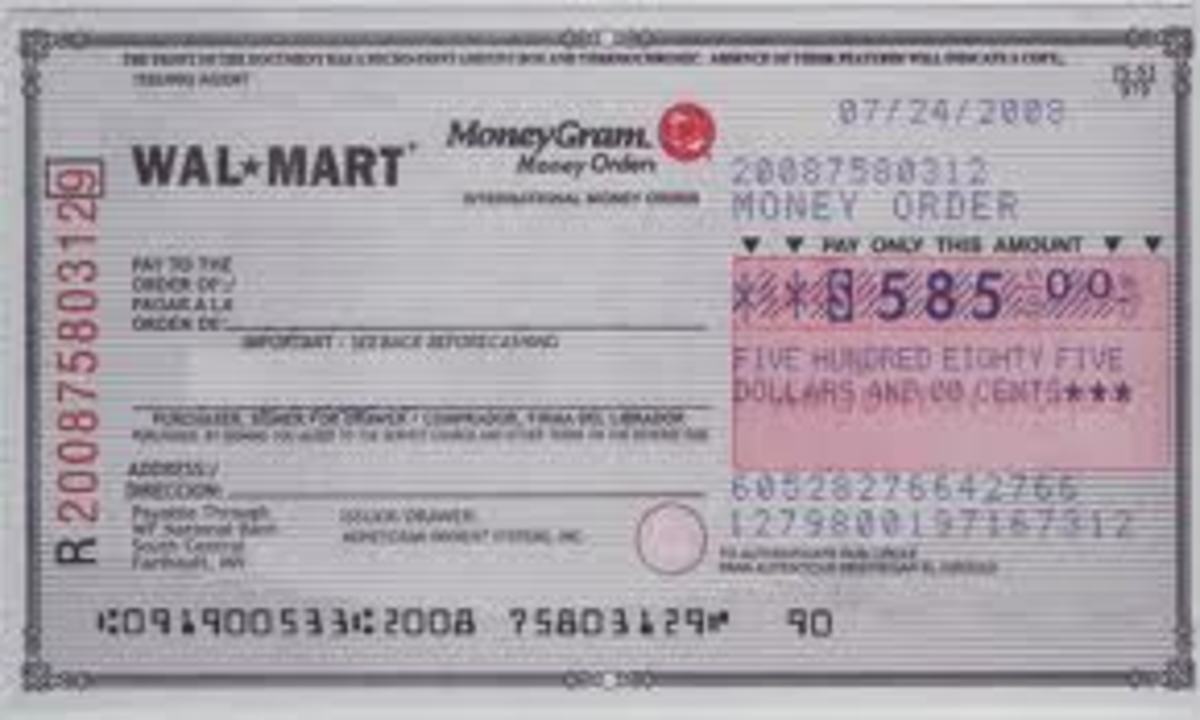Uniform Customs and Practices for Documentary Credit (L/C)
Letter of credit is a documentary credit of a bank. This is a kind of pre-shipment financing. Through this letter bank assures the exporter to give acceptance of his/her bills or pay the value of the bill when importer fails to do so. In international trade, there is the peculiar of distance and unfamiliarity between parties’ concerned exporter and importer. If the importer fails to pay price, the exporter will find it difficult or too costly to recover the amount. The importer is generally required to open a letter of credit with a certain bank having branches or agent there to in both the importing and exporting countries. Thus the importer proves his creditworthiness to the foreign exporter by obtaining a letter of credit from the bank and sending the same to the foreign dealer.
In order to avoid differences in interpretation of letter of credit terms, the International Chamber of Commerce has formulated a set of rules to guide banks in the use of documentary letter of credit, although the first attempt in this direction was made as early as 1933, the latest version is contained in publication No. 290 which has come into operation from October 1, 1975.
It may, however, be pointed out here that the uniform customs and practice for documentary credits are not law as such. The parties have voluntarily agreed to apply the set of rules. Banks in 153 countries adhere collectively to the rules laid down in uniform customs and practice. Bank in another 23 countries adhere individually to them. Banks in these countries expressly state that the letters of credit issued by them are in accordance with uniform customs and practice, publication no. 290.
UCPDC-500 is a set of rules formulated by International Chamber of Commerce (ICC) to apply to all transactions in Letters of Credit carried out by banks. The purpose of the rules is to bring about uniformity in the form of Letters of Credit and the practice and procedures adopted by banks in handling the instruments. Banks all over the world handle letters of credit, and variations in forms and procedures and the civil and commercial laws of different countries may cause confusion in their dealings with one another. In order to provide common understanding about the interpretation of the terms and terminology, a uniform code is very essential. Therefore, the International Chamber of Commerce formulated the Uniform Customs and Practice, which is universally accepted, and Letters of Credit transactions everywhere are subject to this set of rules.
These uniform customs and practice for documentary credit were first published in 1933. Revised versions were issued in 1951, 1962, 1974 and 1983. The last version of the Uniform Customs and Practice for documentary credits was adopted by the ICC council in 1993 and published as ICC publication no. 500 in may 1993.
Information of ICC& UCPDC
ICC
| (International Chamber of Commerce) world business organization
|
|---|---|
Founded
| 1919
|
Membership and Association
| Thousands of members companies and associations of over 153 countries.
|
Purpose
| To promote international trade, investment system and market economy worldwide.
|
ICC publication
| UCPDC-500, URR-525, URC-522 etc.
|
UCPDC
| Uniform Customs and Practice for Documentary Credits.
|
Application
| Import and export through L/C
|
1st publication
| 1933
|
Revised versions were issued
| 1951, 1962, 1974, 1983 and 1993
|
Latest version
| UCPDC (Rev. 1993)
|
Effective from (in force)
| January 01, 1994
|
Number of Articles
| 49
|
Regulatory Provisions Regarding L/C
Local Rules:
- Guidelines for foreign exchange transaction regulation on import (guideline-chapter-XV)
- The Import/Export Act 1950
- Import policy for the concerned year
- Customs duty, VAT, SRO, Tariff
- Rate of exchange and its application
- Fe Circular, IBD Circular
- Public notice issued by CCI&E Office
Uniform Rules:
- UCUDC-ICC Publication No. 500
- URC-ICC Publication No.522
- URR-ICC Publication No.525
- INCOTERM-ICC Publication No.560
- Harmonized Commodity Description & Coding System (H.S. Code)





